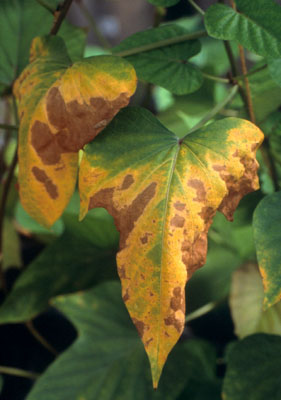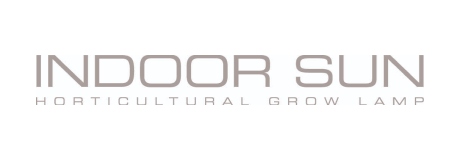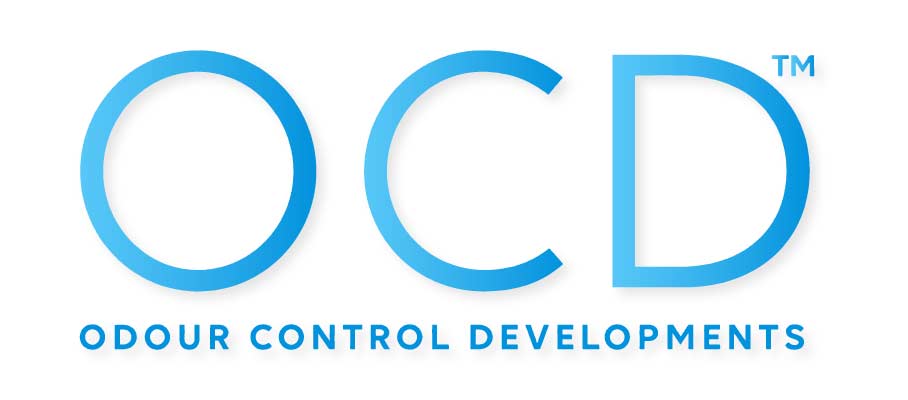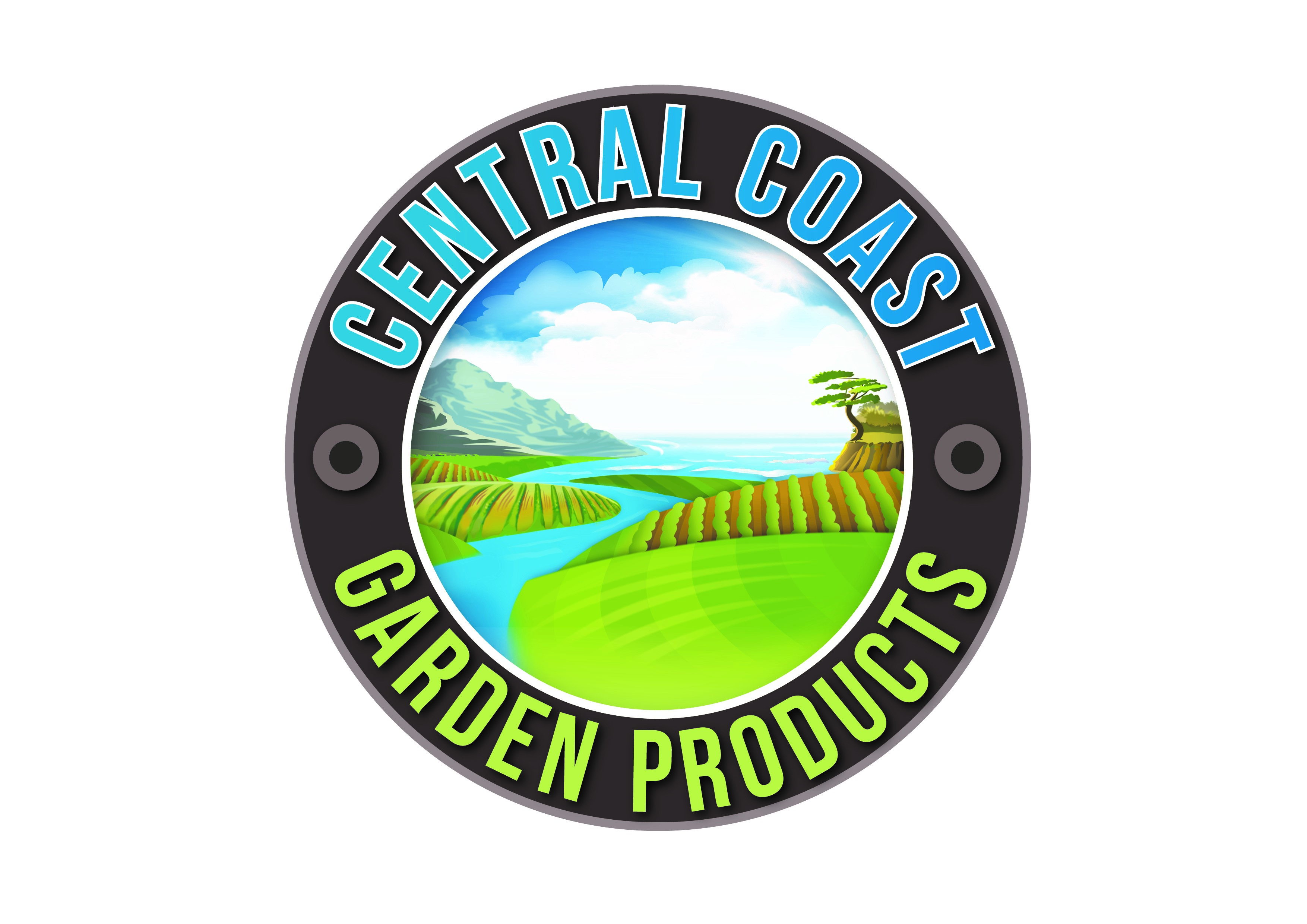Do You Have A Phosphorus Deficiency?
Phosphorus (no, not the stone in Harry Potter), the P in NPK, is essential for all plant life; without phosphorus, your plants will suffer and not reach their full potential. Phosphorus is used by your plant in both the vegetative and bloom growth stage. It is essential for plants as it helps with photosynthesis and the general health and vigour of the plant.
Phosphorus deficiencies can be caused by a few different things, such as excessive watering, acidic medium, and issues from pests/pesticides. Cold weather/cold root-zone is the number one cause of a phosphorus deficiency – luckily, this can usually be fixed by a warmer temperature in the grow room.
A few key characteristics can help you recognize phosphorus deficiencies. Firstly, the lower/older leaves can turn a dark green or yellow and start getting brown spots – sometimes; the spots can look a little blue or a little red. These spots are key indicators of a phosphorus deficiency, and they are the number one thing to look for in phosphorus-deficient plants.

Secondly, the leaves will begin to thicken and curl, and you will notice the affected leaves feel stiff compared to unaffected leaves. The third sign of a Phosphorus deficiency is stems turning a purple or red colour – this doesn’t always happen, so don’t rely on this sign solely.
Another thing to look for is Calcium deficiency. Calcium and phosphorus work together, so usually, if you have a Phosphorus deficiency, you will more than likely also have a Calcium deficiency.
Our top tips to help with a Phosphorus deficiency are
- Make sure your pH is correct. If it is too high or too low, the plant cannot correctly absorb phosphorus. For hydroponic systems, we recommend a pH of 5.7-6.2, and in soil-based gardens, we recommend a pH of 6.2-7.0.
- Keep your roots nice and healthy. If you are growing in soil, don’t overwater your plants and have them sitting in water – this damages the roots and the plant cannot uptake nutrients. In hydro, make sure your pH is correct, and you are flushing the tank out to prevent nutrient build-up.
- Avoid cold temperatures as much as possible. A cold plant finds it harder to absorb phosphorus, so keep your growing environment above 16 degrees – add a heater to your grow room if needed on those cold winter nights.
- Use a phosphorus boosting product such as Aptus Peakboost. Peakboost will give your plant a much-needed hit of phosphorus.
Once you have noticed a phosphorus deficiency, follow the above steps, and you should start to see your plant return to full health within a week. Make sure you remove old leaves affected with spots as they won’t grow back. Check new leaves to ensure new spots don’t appear and the leaves are luscious and green.































































































